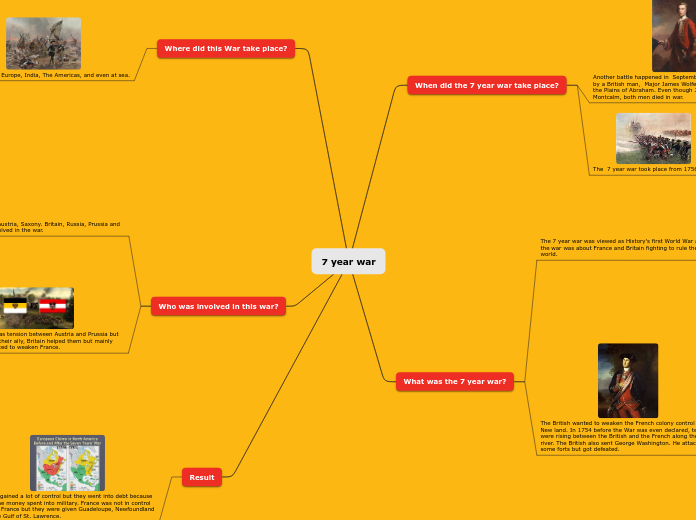arabera Mikayla P 10 years ago
277
Chapter 3 assignment
The Haudenosaunee Grand Council was a crucial assembly involving 50 chiefs, Hoyaneh, clan mothers, and both women’s and men’s councils from five, later six, nations. The children were essential for the clan'









